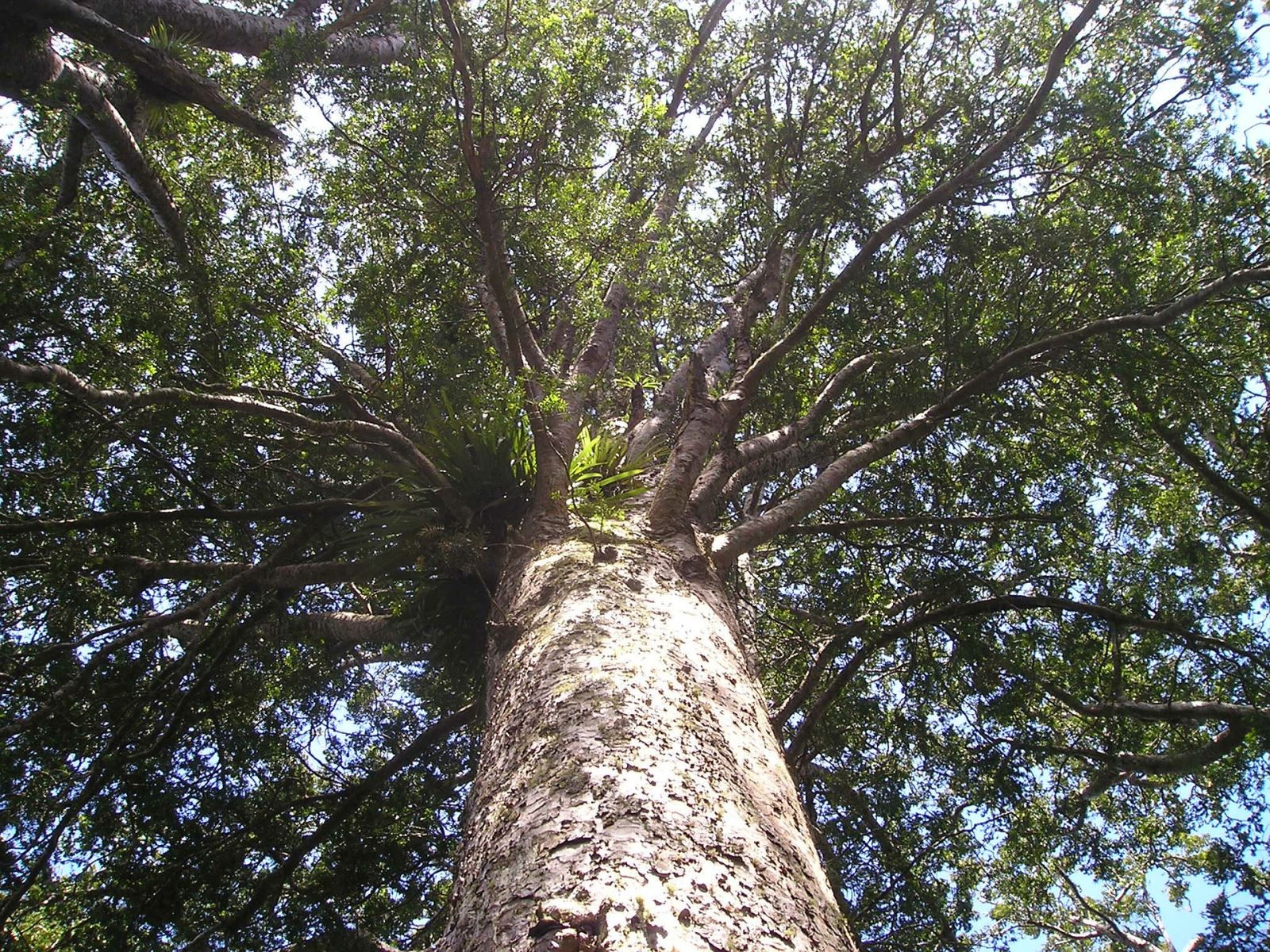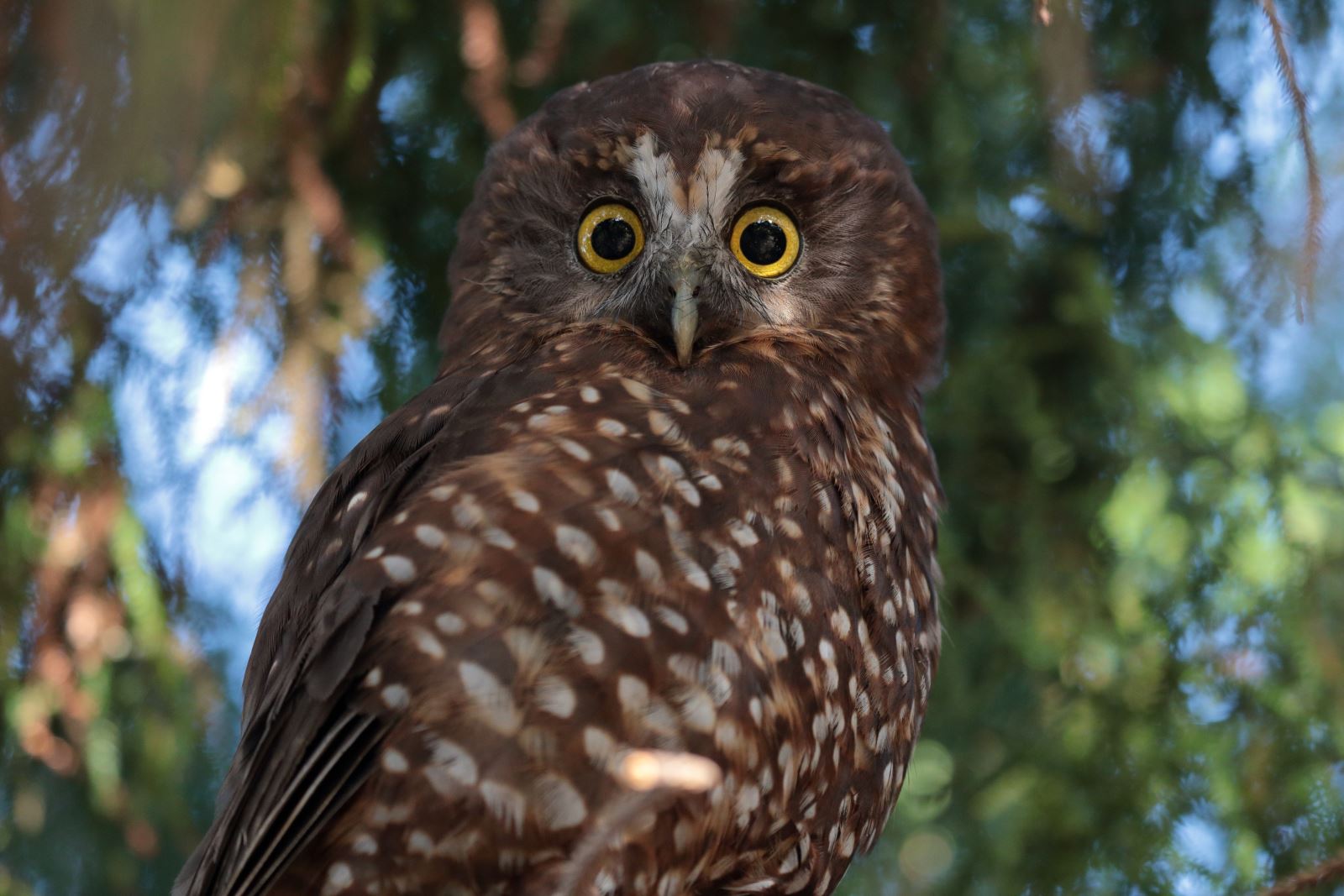The conservation of forest and bush habitats in Aotearoa is extremely important for the flora and fauna that live there.
Plants and animals live together and support each other. For example, lots of plants rely on animals for pollination and seed distribution, while several animals rely on fruit and seed baring plants for their nutrition.
Take kererū for instance – they are the only bird big enough to eat and transfer the seeds from several trees, like karaka. This creates a mutually beneficial relationship where the diet of the kererū is dependent on the trees and the continued growth of the trees depends on the kererū.
Many native forests now have legal protection, but there is still lots of work to be done! Check out some of the ways you can be a kind conservationist and help promote the forest and bush below: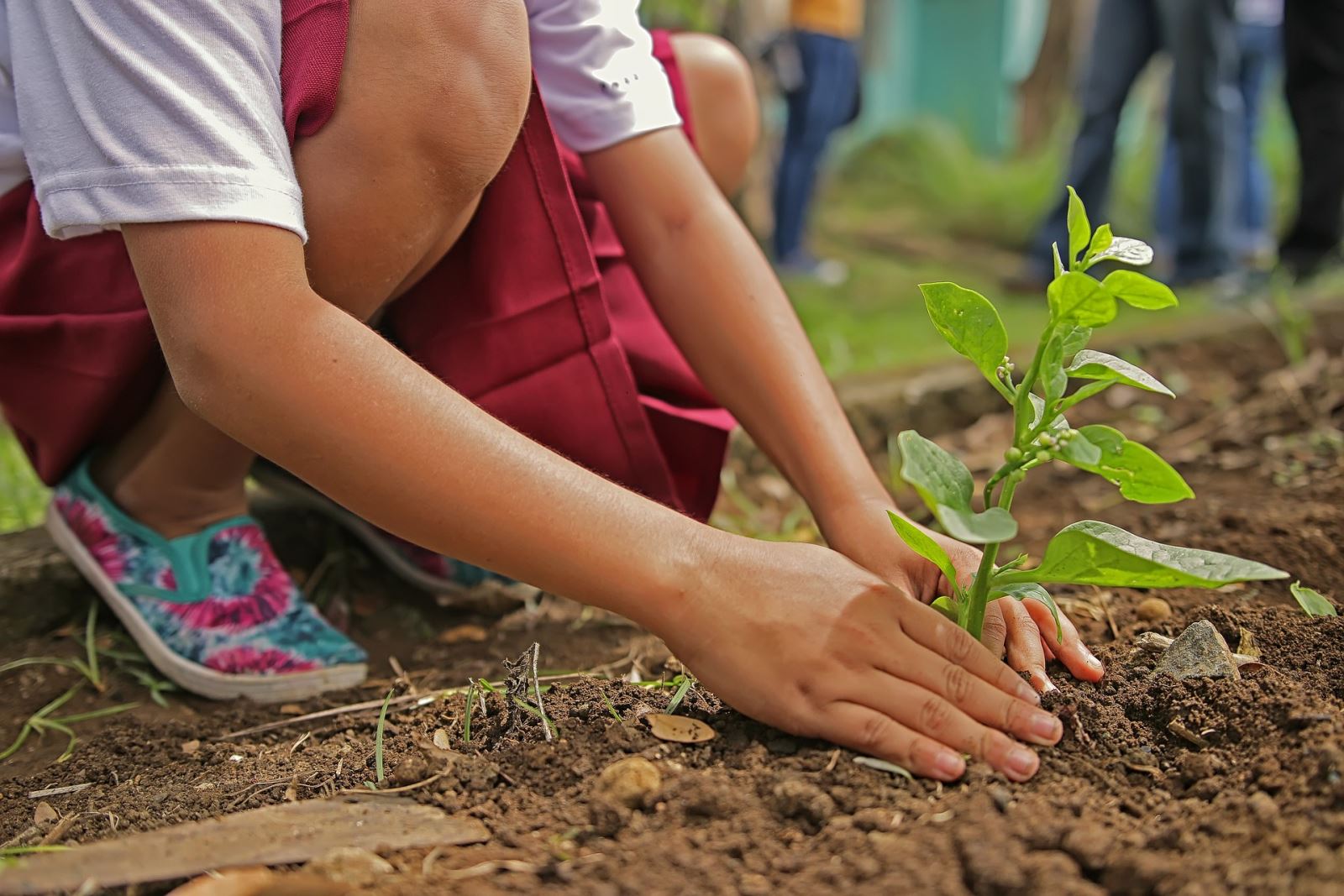
Volunteer to replant and restore areas of native forest
There are lots of places where you and your family can volunteer to help plant native trees, flax, ferns and shrubs to restore areas of native forest. This is a huge help as it keeps our forest and bush full of native trees that helps feed and provide shelter for lots of animals.
You can also learn to identify New Zealand native plants so that you can remove invasive weeds which will help native forests to flourish.
Go paperless
Think twice – do you really need to print that piece of paper? You can also talk to your family about the mail you receive. Can any of it be sent electronically instead? The less paper you use; the more trees are saved!
When visiting forests, stick to the paths
Not only does kauri disease spread easily, but sticking to the paths allows plants to grow and not get damaged by people walking on them. This also allows wildlife to have areas where they will not be disturbed.
Clean your shoes
In many forest and bush areas, there are cleaning stations for your footwear. It is of the utmost importance that you used these stations where they’re provided when you enter and leave walking trails.
Never litter
As we know, rubbish has huge negative impact on several animals and their habitats. Animals can get caught up in or ingest rubbish, which can lead to serious injuries or even death.
Not only is it important to NEVER ever litter, but if you ever see litter, dispose of it properly so that it doesn’t make its way into animal habitats!
Give wildlife space
It’s always important to admire wildlife from a distance. Remain quiet, don’t approach them, and give them the respect they deserve. Birds and insects help spread seeds and pollen so it’s important to give them the room so they feel safe to carry out their important jobs!
Keep companion animals under control
When tramping, be sure to keep your dog on their lead and/or that they stay in designated off-lead areas and that they do not disturb wildlife and protected areas. If you are in an off-lead area and you come across wildlife put your dog on a lead immediately and lead it away, warn other dog owners at the location that there is wildlife around.
Notify the Department of Conservation (DOC) if you see wildlife being harassed by people or dogs.
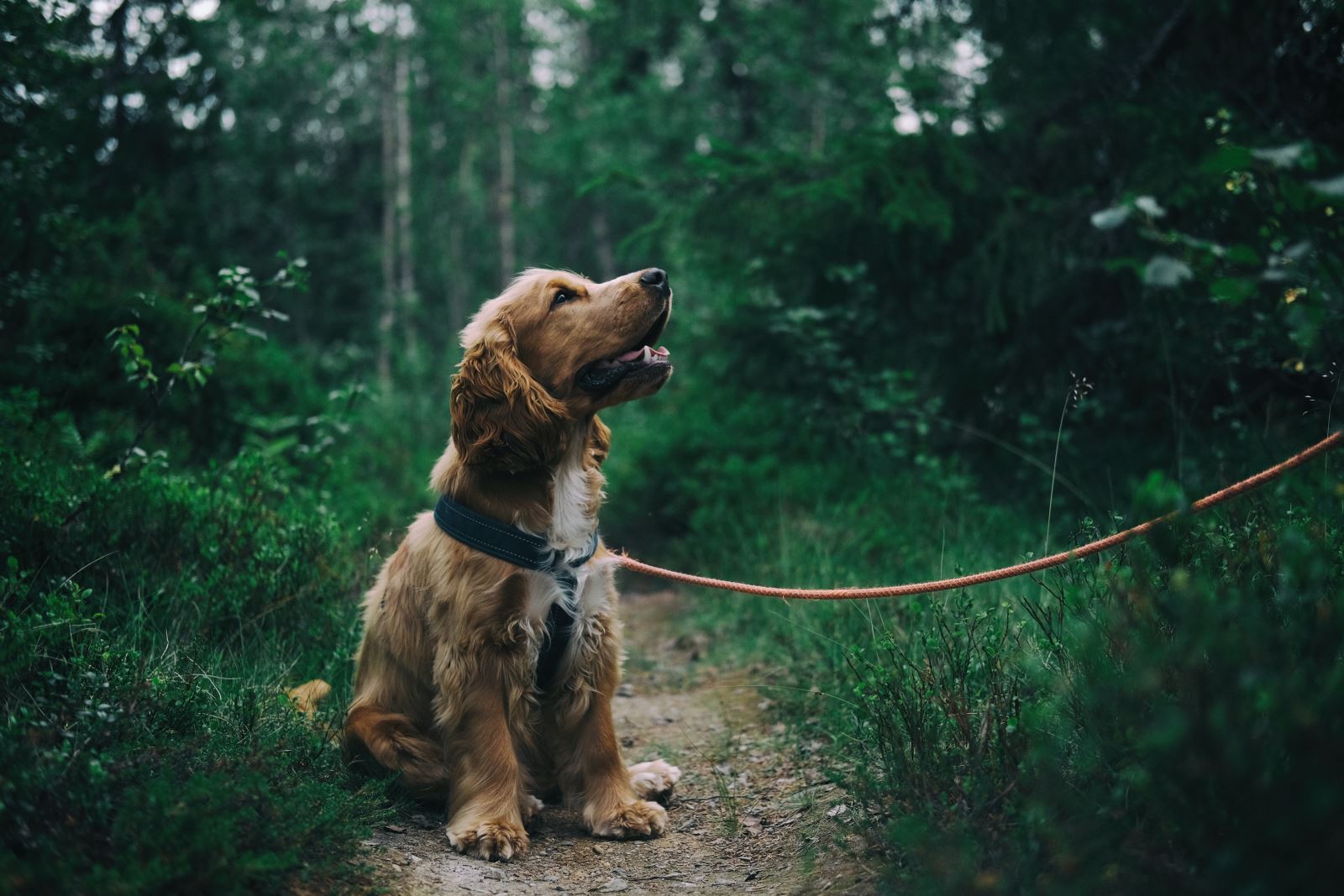
Keep your cat safe and happy at home!
Contained cats are more likely to enjoy a longer, healthier life. This includes spending more quality time with you, keeping them safe from road traffic, avoiding problems with your neighbours, and reducing the risk they will harm or kills other animals. You can contain your cat by cat-proofing an outdoor area, using a combination of indoors and a secure outdoor enclosure, or keeping your cat indoors. You will need to provide them with opportunities to meet their physical and behavioural needs.
Write a polite letter or email
You can write a polite email or letter to the government urging further protection of our precious forest and bush habitats.
Spread the word
Let friends, family, and classmates know about the challenges forest and bush habitats face and what they can do to help protect them.
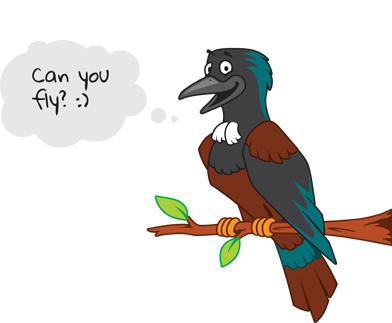













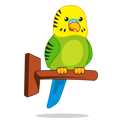



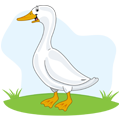

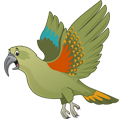
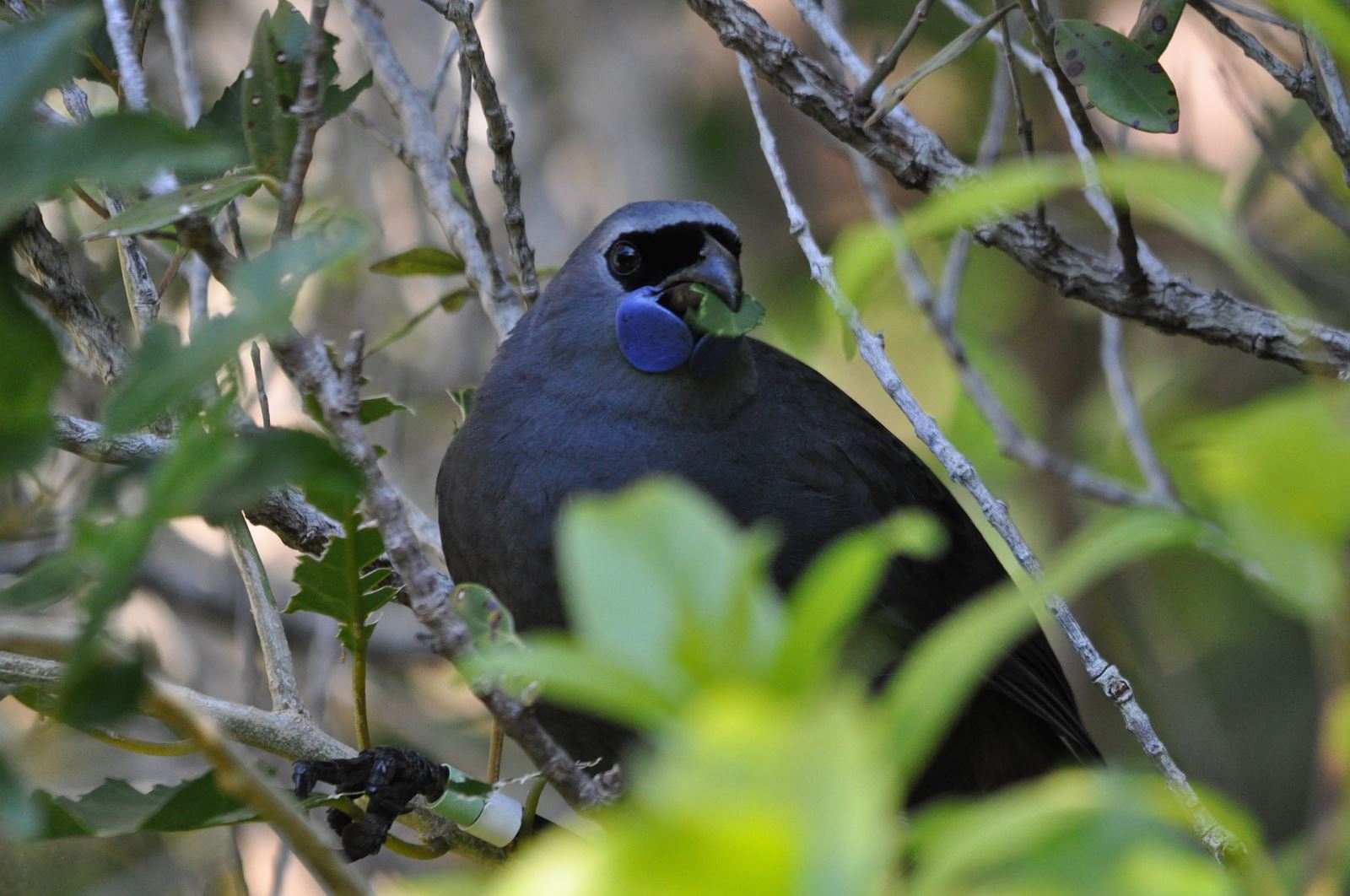 Kākā
Kākā